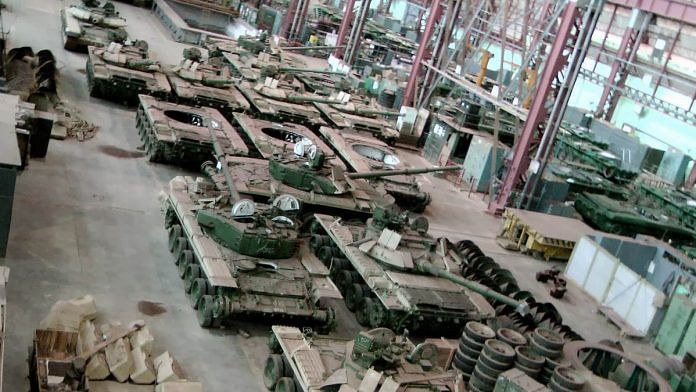Psychiatrists have a term for it ‘broken heart syndrome’
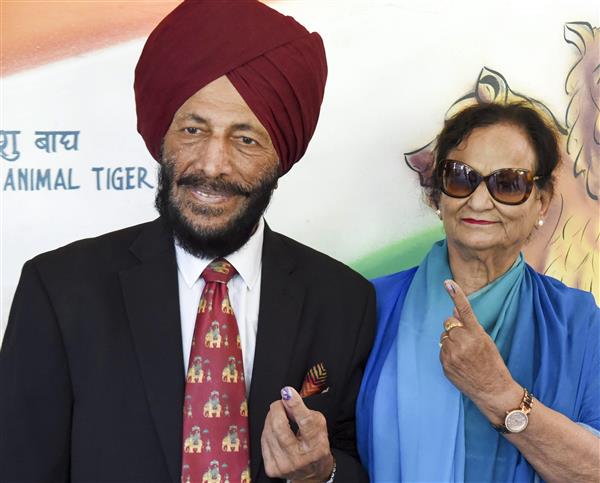
India’s Flying Sikh Milkha Singh has died, five days after his wife Nirmal Kaur succumbed to Covid. — Tribune Photo
New Delhi, June 19
India’s Flying Sikh Milkha Singh has died, five days after his wife Nirmal Kaur succumbed to Covid.
As the pandemic swept through India, many other couples faced the same tragedy—partners for decades or perhaps beginning their journey together giving up on life, within weeks and sometimes just days of each other.
Psychiatrists have a term for it – ‘broken heart syndrome’. And the legendary Singhs may have epitomised it.
While Singh, one of India’s greatest sporting icons, died late Friday in a Chandigarh hospital after a long battle with Covid at the age of 91, his wife, national volleyball player Nirmal Kaur, passed away on June 13, 58 years after they got married and 65 years after they first met.
Their children, three daughters and a son, golfer Jeev Milkha Singh, doffed their hat to “true love and companionship”.
“He fought hard, but God has his ways, and it was perhaps true love and companionship that both our mother Nirmal ji and now Dad have passed away in a matter of five days,” a statement from the family said.
And they are not the only ones.
Former Rajasthan chief minister Jagannath Pahadia and his wife, former MLA and Rajya Sabha MP Shanti Pahadia, lived together and died together – well almost. He took his last breath at the age of 89 on May 20 in a Gurgaon hospital. She, two years younger, was in the same hospital and passed away three days later.
“Both of them lived together for their entire lives and remained politically active and left together for their heavenly abode. They were married in their childhood by their parents and lived happily thereafter,” their son Om Prakash Pahadia said.
Senior journalists Kalyan Baruah and Nilakhshi Bhattacharya also lost their battle to Covid in a Gurgaon hospital in May. Like the Pahadias, they, too, passed away within three days of each other.
After a lifetime of togetherness, Bikaner-based couple Om Prakash and Manju Devi couldn’t, it seems, bear to be apart either. They passed away in November within 15 days of each other.
Married for nearly four decades, the couple stuck together through many ups and downs, including financial woes and the weddings of their five daughters.
Their nephew, who did not want to be named, said it was possible his aunt could not bear the news of her husband’s death.
“While my uncle passed away in the hospital due to Covid complications, I think it was the grief of his death that likely resulted in my aunt suffering a brain haemorrhage that eventually led to her death,” he told PTI.
In such cases—where one partner has passed away while the other is still recovering—medical experts recommend that the news of the death be shared only after the spouse is well out of danger.
According to Mumbai-based psychiatrist Harish Shetty, lack of knowledge helps recovery.
“Informing the spouse when one is physically devastated can destroy mental equilibrium, thereby causing deterioration.
“I have been part of teams that have been involved in informing the other spouse after recovery. The presence of family, a doctor and a counsellor is ideal. Allowing the process of grieving to begin effectively with support is the key,” Shetty told PTI.
Gurgaon-based psychiatrist Jyoti Kapoor added that the news of the demise of a partner often makes the other suffer from what is known as a ‘broken heart syndrome’ – a temporary heart condition caused due to high stress and overwhelming emotions.
She said it was natural for couples who had lived together for decades to share a strong emotional dependence, where the loss of one can create significant stress for the other.
“Our personal experience, as well as research, has suggested that depending upon circumstances of the living partner and individual vulnerability to handle stress, the risk of death in male spouse after wife’s death is 18 per cent, and risk of women’s death following the death of the husband is around 16 per cent.
“This has sometimes been described as ‘broken heart syndrome’, a sort of physical ramification of extreme emotional stress among individuals with pre-existing physical vulnerabilities like chronic illness or frail health,” Kapoor said.
Losing a partner in the best of circumstances is challenging. People take years to come to terms with the death of a terminally ill spouse whose death is almost inevitable.
The pandemic has magnified this ordeal for couples—not only were the deaths sudden, but the partners also left behind were fighting for their own lives as well.
Arpita Basu Roy’s parents passed away within four days of each other. Both were in hospital together. Not visibly romantic, they were “soulmates” married for 30 years, she said. One would never eat, unless sure that the other person has eaten too.
So when her mother passed away, it was almost like her father knew, and gave up on his desire to live.
“The last day I saw my father, (after my mom expired), he was all numb. He did not even respond to my sister. He was staring blankly, as if in a state of shock. We think he understood that she was gone, and was unable to accept the news.
“They were soulmates and probably could not live away from one another… so they decided to depart together,” the Kolkata-based Roy told PTI.
While there is no data to establish the number of couples who succumbed to Covid-19, the National Commission for Protection of Child Rights (NCPCR) gives an estimate – that 3,261 children were orphaned during the pandemic.
This data, released earlier this month, only takes into account children from 0-18 years. The actual numbers would be much more.
An official in Tamil Nadu estimated that at least 50 couples succumbed to Covid-19 days after either one contracted the infection during the first wave last year.
District Child Protection offices in the state have identified about 50 children who had lost both parents.
Describing his enormous sense of loss at losing both parents to the virus, comedian Bhuvan Bam said nothing would ever be the same again.
“Lost both my lifelines to Covid. Aai aur Baba ke bina kuch bhi pehle jaisa nahi rahega. Ek mahine mein sab bikhar chuka hai. Ghar, sapne, sab kuch.
Meri aai mere pass nahi hai, baba mere saath nahi hain. Ab shuru se jeena seekhna padega. Mann nahi kar raha. (Nothing is same without my father and mother. Everything is shattered within one month. My home, my dreams, everything. Will have to learn living from scratch. I don’t want to.)
“Was I a good son? Did I do enough to save them? I’ll have to live with these questions forever. Can’t wait to see them again. I wish the day comes soon,” the Mumbai-based artist wrote on Instagram last week.
In Karnataka’s Mandya district, Nanjunde Gowda was anxiously awaiting the birth of his child, but died of Covid-19 on April 30. On May 11, his wife Mamata gave birth to their daughter. Three days later, she, too, was dead.
And Covid claimed another victim. — PTI












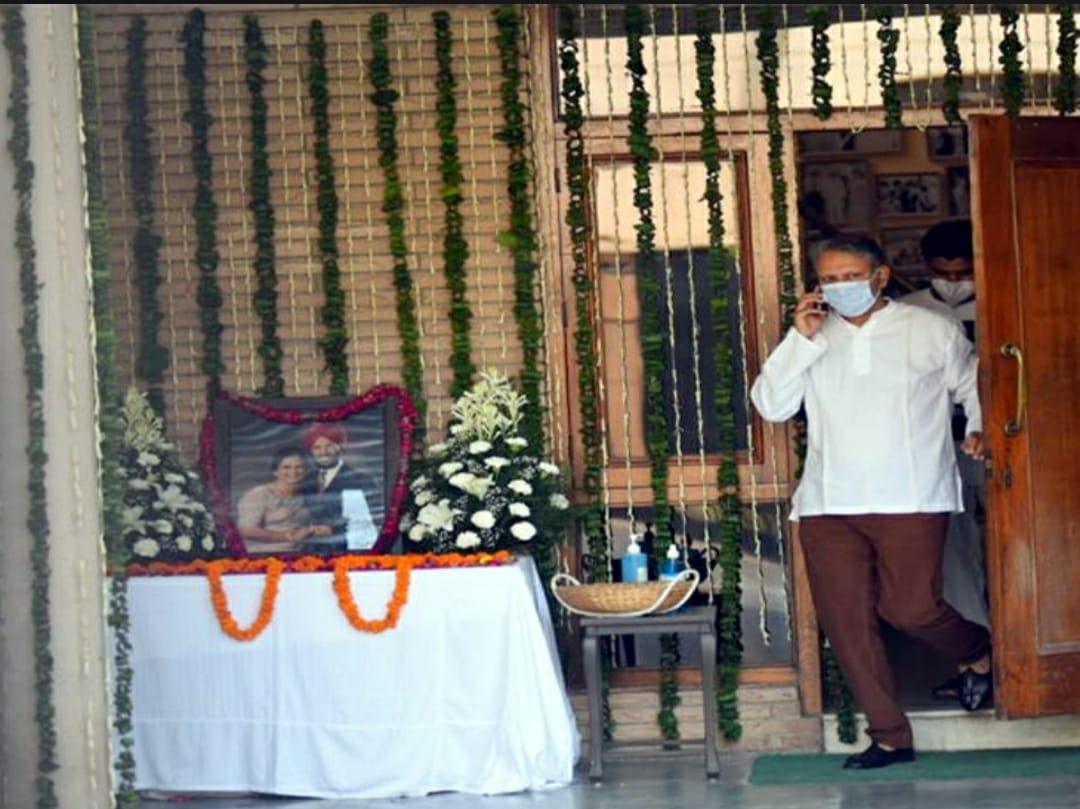
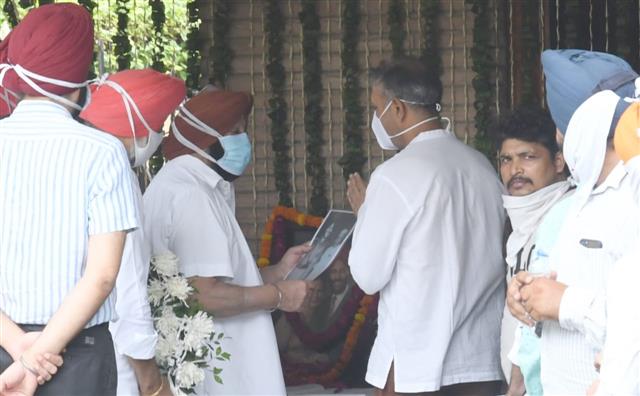
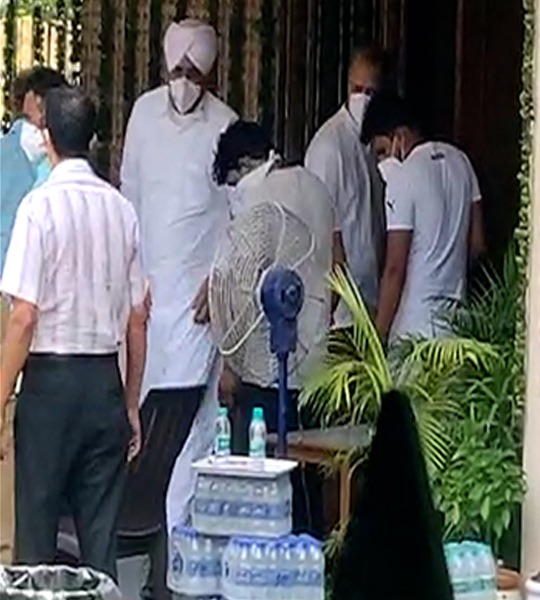

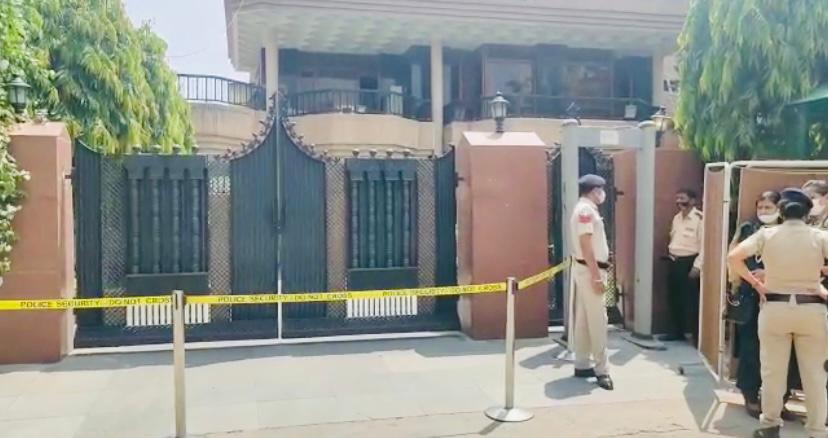
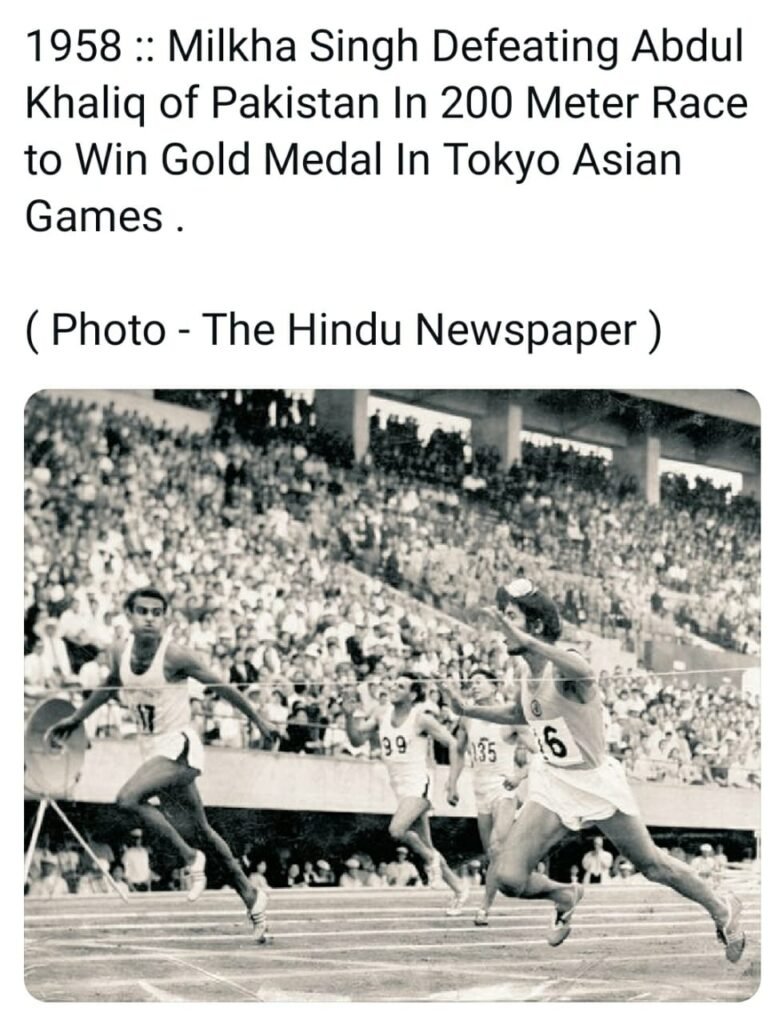
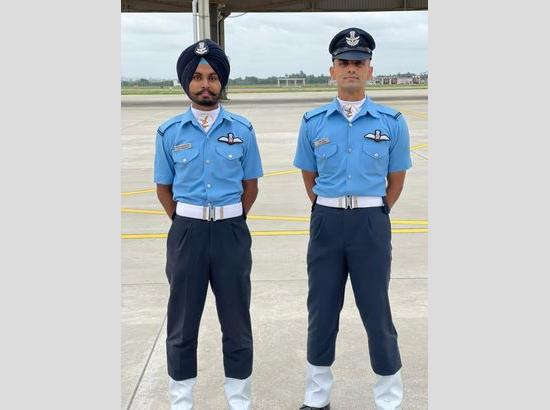 Two cadets of Mohali institute commissioned as Flying Officers in IAFMohali, June 19, 2021:The Combined Graduation Parade (CGP) was held at the Air Force Academy, Dundigal, Hyderabad on Saturday. The parade was reviewed by the Chief of the Air Staff, Air Chief Marshal RKS Bhadauria PVSM, AVSM, VM, ADC.A total of 152 cadets of various branches of the IAF, including 24 women cadets graduated as Flying Officers to join the elite cadre of the IAF. Two cadets of Maharaja Ranjit Singh Armed Forces Preparatory Institute, Mohali, were commissioned in the rank of Flying Officer and awarded their flying wings by the Chief of Air Staff.Cdt Sehaj Sharma has been commissioned into the Helicopter stream. He joined the AFPI in 2014, and on completion of his training there, joined the National Defence Academy as an Air Force cadet. His father, Dharvinder Sharma is a Senior Assistant in the Indian Red Cross Society in Amritsar. His mother, Geeta Sharma, is a house wife.Cdt Preetinder Pal Singh Bath joined AFPI in 2015 and went to NDA in 2017. His father, Rajinder Singh Bath, is a lecturer and mother, Amanpreet Kaur, a teacher. They belong to Pathankot. Preetinder Pal has achieved his dream by joining the fighter stream of the IAF.Maharaja Ranjit Singh AFPI has so far sent 162 cadets to NDA and other military training academies from 2013 onwards. Of these, 85 have already become officers in the armed forces. 68 Cadets have joined the Army; 08 have gone to the Navy and 09 to the Air Force. The rest of the cadets are at different stages of their training in various military academies.Recently a new programme has been started in AFPI called Cadet Training Wing. The aim of CTW is to further enhance the number of boys from Punjab joining the armed forces. Seven schools have been identified in the state to be a part of this programme. AFPI staff will visit these schools frequently to motivate and guide the students to join the armed forces. They will also carry out mirror image of AFPI training in these schools so that students can take the benefit of AFPI training and achieve their cherished goal of joining the armed forces as officers.Currently 92 cadets of the Tenth and Eleventh AFPI courses are under training in Mohali. Due to COVID-19 all training has been in the online mode since March 2020.
Two cadets of Mohali institute commissioned as Flying Officers in IAFMohali, June 19, 2021:The Combined Graduation Parade (CGP) was held at the Air Force Academy, Dundigal, Hyderabad on Saturday. The parade was reviewed by the Chief of the Air Staff, Air Chief Marshal RKS Bhadauria PVSM, AVSM, VM, ADC.A total of 152 cadets of various branches of the IAF, including 24 women cadets graduated as Flying Officers to join the elite cadre of the IAF. Two cadets of Maharaja Ranjit Singh Armed Forces Preparatory Institute, Mohali, were commissioned in the rank of Flying Officer and awarded their flying wings by the Chief of Air Staff.Cdt Sehaj Sharma has been commissioned into the Helicopter stream. He joined the AFPI in 2014, and on completion of his training there, joined the National Defence Academy as an Air Force cadet. His father, Dharvinder Sharma is a Senior Assistant in the Indian Red Cross Society in Amritsar. His mother, Geeta Sharma, is a house wife.Cdt Preetinder Pal Singh Bath joined AFPI in 2015 and went to NDA in 2017. His father, Rajinder Singh Bath, is a lecturer and mother, Amanpreet Kaur, a teacher. They belong to Pathankot. Preetinder Pal has achieved his dream by joining the fighter stream of the IAF.Maharaja Ranjit Singh AFPI has so far sent 162 cadets to NDA and other military training academies from 2013 onwards. Of these, 85 have already become officers in the armed forces. 68 Cadets have joined the Army; 08 have gone to the Navy and 09 to the Air Force. The rest of the cadets are at different stages of their training in various military academies.Recently a new programme has been started in AFPI called Cadet Training Wing. The aim of CTW is to further enhance the number of boys from Punjab joining the armed forces. Seven schools have been identified in the state to be a part of this programme. AFPI staff will visit these schools frequently to motivate and guide the students to join the armed forces. They will also carry out mirror image of AFPI training in these schools so that students can take the benefit of AFPI training and achieve their cherished goal of joining the armed forces as officers.Currently 92 cadets of the Tenth and Eleventh AFPI courses are under training in Mohali. Due to COVID-19 all training has been in the online mode since March 2020.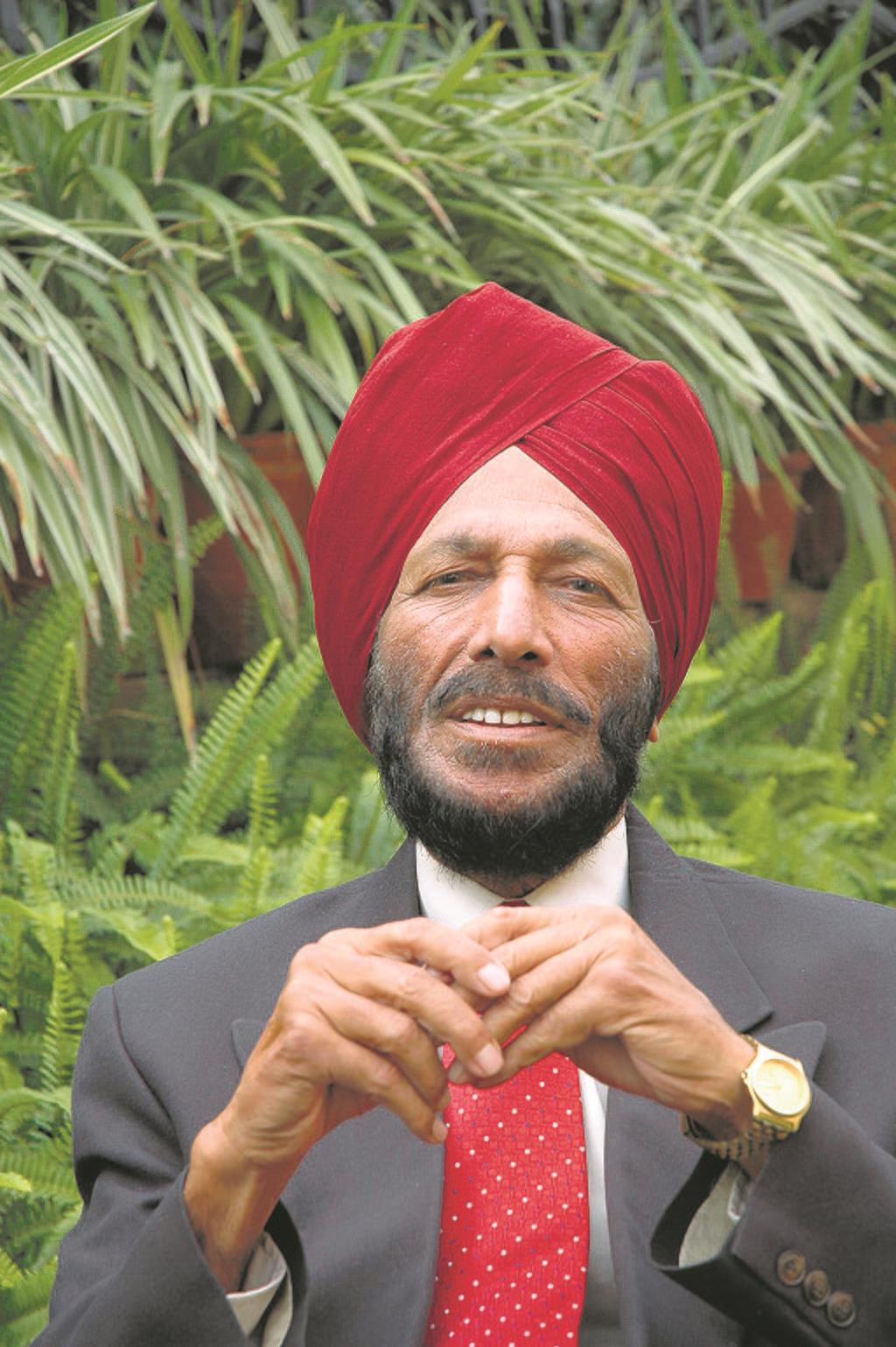
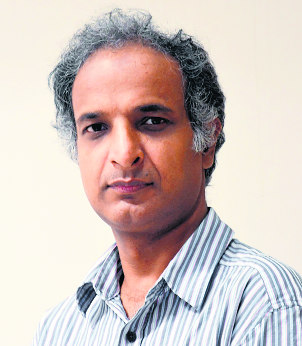

 Galwan clash was the most grave confrontation after the October 20 1975 ambush by the Chinese at Tulung La in which four Assam Rifles personnel lost their lives. (Representational image: PTI)
Galwan clash was the most grave confrontation after the October 20 1975 ambush by the Chinese at Tulung La in which four Assam Rifles personnel lost their lives. (Representational image: PTI)

